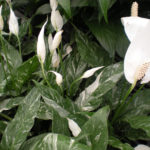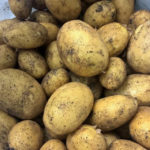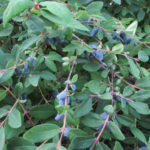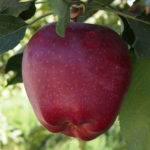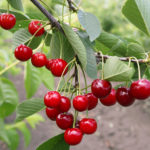Top dressing of cucumbers in the greenhouse and in the open field
Cucumbers are one of the most popular crops found in our gardens. They are grown in all climatic zones, in all areas where possible.
This plant, during its growth and development, consumes a very large amount of various elements from the soil. Without sufficient nutrition, with a deficiency of essential substances in the soil, it is unlikely that it will be possible to grow a good harvest. But, at the same time, cucumbers do not tolerate an excessive concentration of soil solution. How to provide plants with everything they need for a long time and not harm them? The answer suggests itself - you need to add the necessary elements as they are spent. Moreover, this should be done in small portions, avoiding overfeeding, which can adversely affect not only the quantity, but also the quality of the crop. Cucumbers are one of those garden crops that often require regular feeding throughout the growing season.
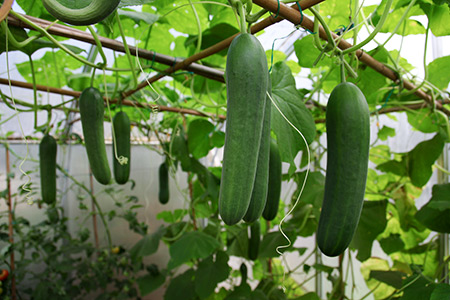
Top dressing of cucumbers in the greenhouse and in the open field is not very different, but in the second case, they are especially necessary when the soil is too light, sandy and the fertilizers introduced into it before planting are quickly washed out by rains or irrigation. On such soil, cucumbers are fed more often, but in smaller portions than on clay soil, where more food can be applied at a time.
For feeding cucumbers, both in greenhouses and in the open field, you can use both organic and mineral fertilizers. Both are used both in solutions and in solid form. Of course, cucumbers, like all other plants, can only use nutrients after dissolving them in water. But if the weather is too rainy, it makes sense to apply dry fertilizers so that they last longer in the soil.
When preparing top dressing, it must be borne in mind that at different periods of their development, plants also require different nutrients. So, in the initial period of growth, cucumbers need to get more nitrogen, during flowering - phosphorus, and when fruits ripen, additional potassium is required. Ideally, feeding should be based on the needs of the plants in each specific case - experienced gardeners do just that. And if development is going well, you can limit yourself to a minimum amount of fertilizers and just two dressings - just before flowering, when using mullein infusion with the addition of superphosphate and potassium sulfate, and at the very beginning of fruiting, reducing the amount of nitrogen.
An attentive owner will always determine what and when his plants lack, guided by their appearance. If the leaves are pale, turn yellow and grow slowly, then you need to feed the cucumbers with nitrogen, and when discoloration of the edges appears, potassium. If the stems are thin, stunted, and the cucumbers do not bloom in any way, there is clearly not enough phosphorus. With a lack of basic elements, that is, nitrogen, phosphorus or potassium, the lower and old leaves are the first to suffer. And with a lack of any trace elements - young leaves and growing shoots. Moreover, as it grows, this deficit becomes stronger and stronger.
The fruits can also tell what substances should be added to the top dressing. When cucumbers take a pear-like shape, they clearly lack potassium, they become wedge-shaped - nitrogen. Fruits become bent in the shape of a horseshoe with too much acidity and a lack of general nutrition. Of course, ugly cucumbers that have already appeared cannot be corrected, but with timely feeding, there is a hope that the next ones will again be normal.
In prolonged cold weather, the roots of cucumbers almost cease to absorb nutrients from the soil. Fasting occurs even when the earth contains a sufficient amount of all the necessary elements. In this case, foliar dressing can help out, using the ability of plants to absorb moisture through leaves and stems. For them, solutions of the same elements are prepared as for conventional dressings, only in a much lower concentration. Most often, they use well-dissolving mineral fertilizers such as "Solution" or tinctures and extracts from organic matter - mullein, poultry droppings, fermented mass from chopped weeds.
Cucumbers are sprayed with a fine spray, trying to ensure that the top dressing does not form large drops and falls not only on the upper, but also on the lower side of the leaves. Here one must act very carefully so as not to burn the plants with too strong a solution - burns can be quite serious, they can cause the death of damaged leaves and even lead to the death of the entire plant. For complete absorption, at least two hours must elapse between spraying and subsequent watering or rain.
Correctly selected and timely made feeding can not only correct mistakes in spring planning, but also prolong the fruiting of cucumbers, make them more tasty and beautiful.
